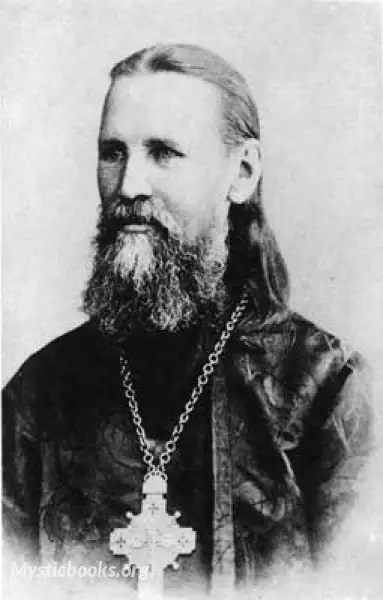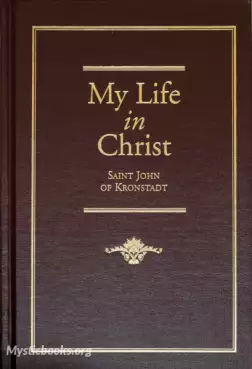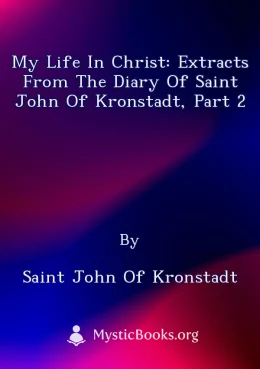
Timeline
Title
Country/Nationality
Saint John of Kronstadt
John of Kronstadt or John Iliytch Sergieff was a Russian Orthodox archpriest and a member of the Most Holy Synod of the Russian Orthodox Church. He was known for his mass confessions, numerous miracles, charitable work but also for his monarchistic, chauvinistic, antisemitic and anti-communist views.
John is a saint of the Eastern Orthodox Church and is known with the epithet "Righteous".
The future Saint was born as Ivan Ilyich Sergiyev on 31 October 1829 in the northern village of Sura, near the White Sea, in the Russian Empire. He came from a hereditary corporation of village clergymen, and his father was a poor dyachok in the local church. The little that is known about his early life is mainly from late memories. In his autobiography, he claims that his parents gave him to a parish school but that the study was too difficult for him. However, he prayed earnestly and received inspiration. He became the top student in the school and then in the seminary, which enabled him to enter the Theological Academy in Saint Petersburg, the Russian capital. He became the 35th out of 39 students who graduated from the academy in 1855.
John died in his home in Kronstadt on 2 January 1909. The coffin with the body was transported through St. Petersburg with pompous ceremonies and buried in the Ioannovsky Convent. According to his last will, the convent also got all of his things, which brought great benefits to it and aroused suspicions of forgery.
In 1909, Tsar Nicholas II wrote an order to establish the commemoration of St. John in the Church. Subsequently, the Holy Synod issued an edict to commemorate him annually on the day of his death.
His grave became a place of pilgrimage. After the October Revolution, the Soviet authorities decided to eliminate it. In 1923 to 1926, when the Ioannovsky Convent began to be closed, the option of reburial in one of the cemeteries was discussed, but the idea met resistance from Soviet authorities, who feared that the new grave would become another place of veneration. Also discussed the option of bricking up the crypt and later burying the remains more deeply, along with concreting the floor of the crypt. It is known that the crypt was indeed bricked up, but there is no information on reburial. The book of the Soviet historian of religion Nikolai Yudin claimed that a coffin with the bones of John was taken far out of city and burned. After 1990, the Church-necropolis (Russian: Церковь-усыпальница) of John was consecrated in the crypt of the Cathedral of the Twelve Apostles of the Ioannovsky Convent; inside the Church necropolis, where the coffin of John used to be, a new empty coffin on the floor (sarcophagus) was built. The official website of the John Convent claims that the relics continue to be in the crypt, but there have been no excavations that could prove it. The Orthodox Encyclopedia:' states that the tombstone (sarcophagus) is located above John's relics.
Books by Saint John of Kronstadt

My Life in Christ: Extracts from the Diary of Saint John of Kronstadt
Moments of Spiritual Serenity and Contemplation, of Reverent Feeling, of Earnest Self-Amendment, and of Peace in God.

My Life in Christ: Extracts from the Diary of Saint John of Kronstadt, Part 2
My Life in Christ is a two-volume work that contains extracts from the diary of Saint John of Kronstadt. The diary entries span the years 1856 to 1908 and provide a glimpse into the spiritual life of one of the most beloved saints of the Russian Orth...